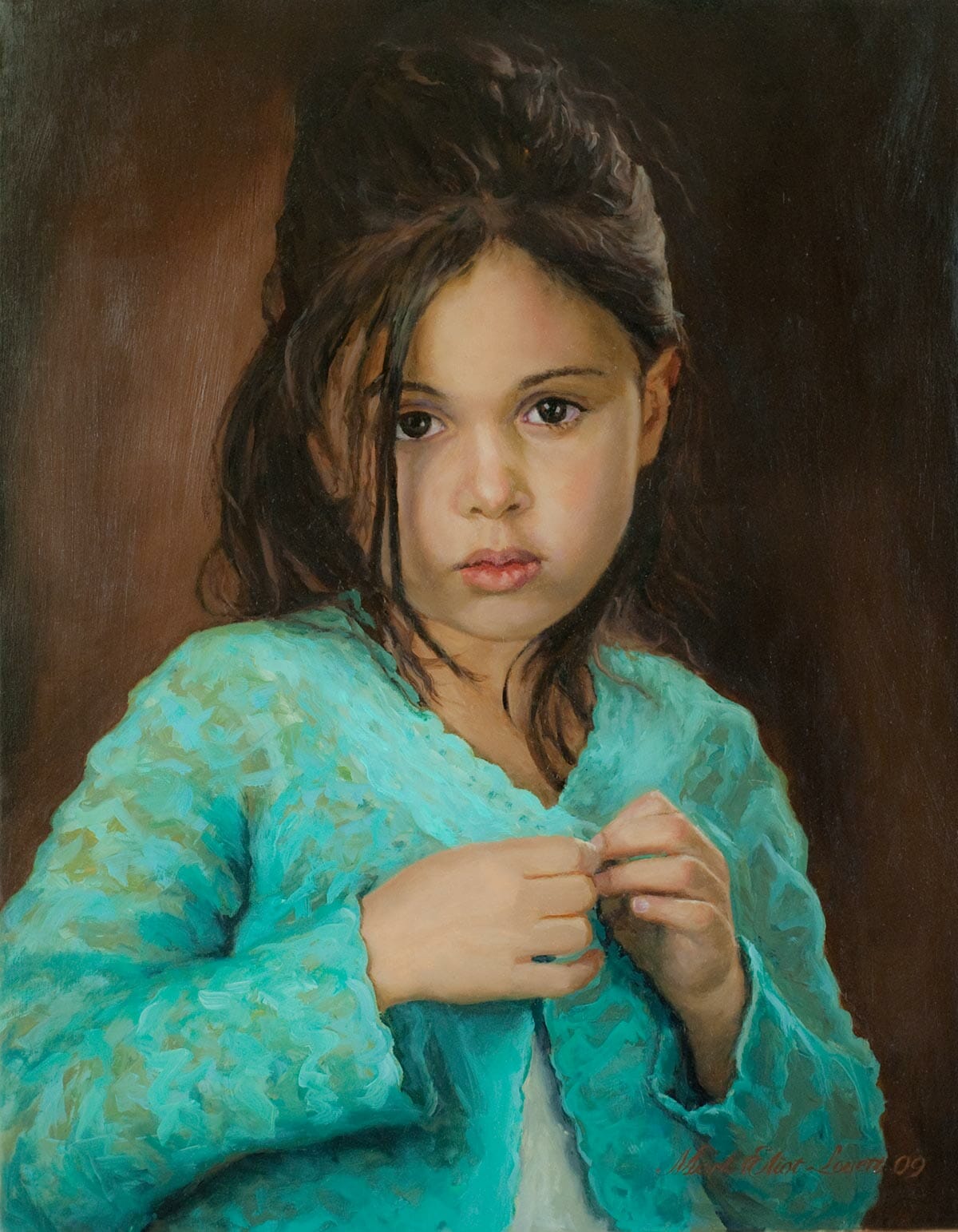
If art from antiquity was inspired by the writings of important thinkers such as Plato and Socrates, European portraits from the Middle Ages were based on teachings from the Bible. The Middle Ages, ushered in by the fall of the Roman Empire and the dissolution of its cultural influences in central and northern Europe, saw a complete overhaul in the style of portrait painting. The Middle Ages and Albrecht Dürer’s self-portrait At the same time, their frontal perspective and accentuated facial features serve as precursors to Byzantine icon painting. Broad brush strokes combined with bold colors give the portraits an impressionistic effect.

The funeral portraits are a clash between Roman, Greek, and Egyptian styles. The discoveries at Faiyum give art historians an impression of what naturalistic portraits looked like before the Renaissance, a period which continues to define the genre to this day. These naturalistic portraits, the sole survivors of their artistic tradition, were painted on wooden boards and used to cover the faces of upper class citizens during their burial ceremonies. Renaissance explorers were fortunate enough to unearth a collection of gorgeous yet haunting funeral portraits from the Roman province of Faiyum in Egypt. Like the Greeks who had inspired them, Roman artists placed great emphasis on capturing the likeness of their sitter. The funeral portraits uncovered at Faiyum are more than four thousand years old. They were either depicted as themselves or as the reincarnations of gods, and they were always drawn in profile. Rulers were the only individuals considered worthy of being immortalized on canvas. Paintings uncovered from the ruins of ancient Egypt show that the world’s first portrait painters did not strive for accuracy but instead rendered their subjects in a highly stylized manner. Portrait painting is almost as old as painting itself and can be traced back to archaeological finds from the Fertile Crescent.

Antiquity and the funeral paintings of Faiyum

They also serve as snapshots of their time, allowing modern viewers to better understand not just the principles of past artistic movements but also what the sitter – and the society they lived in – considered beautiful, noble, and important. Over time, portraiture became known as one of - if not the most - intimate of genres, establishing a connection between painter and subject. Before the invention of photography, portrait painting was the only way through which people could capture and record the likeness of their fellow man.


 0 kommentar(er)
0 kommentar(er)
